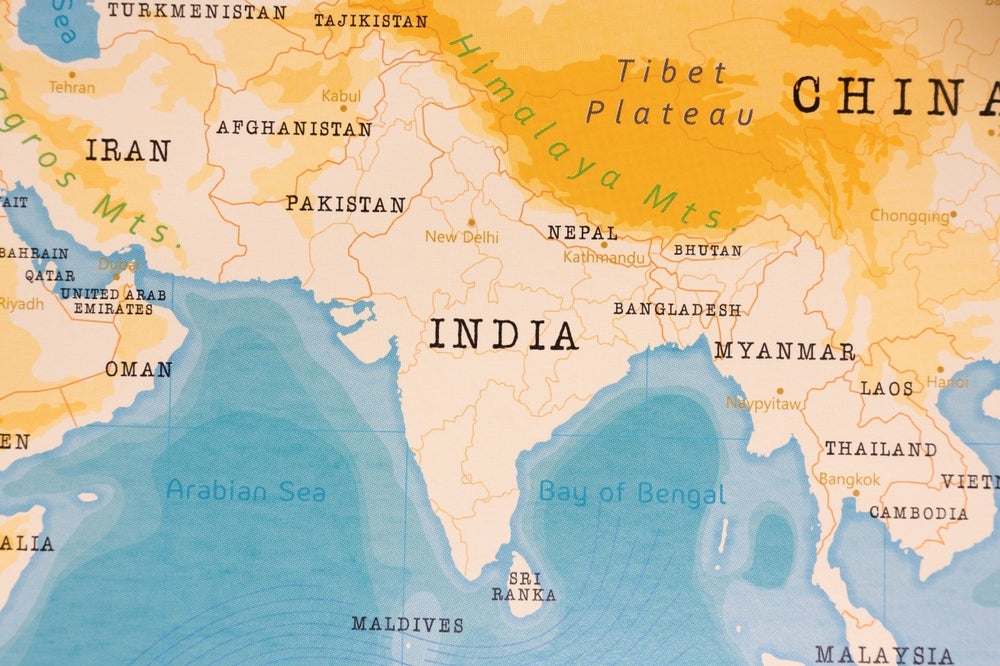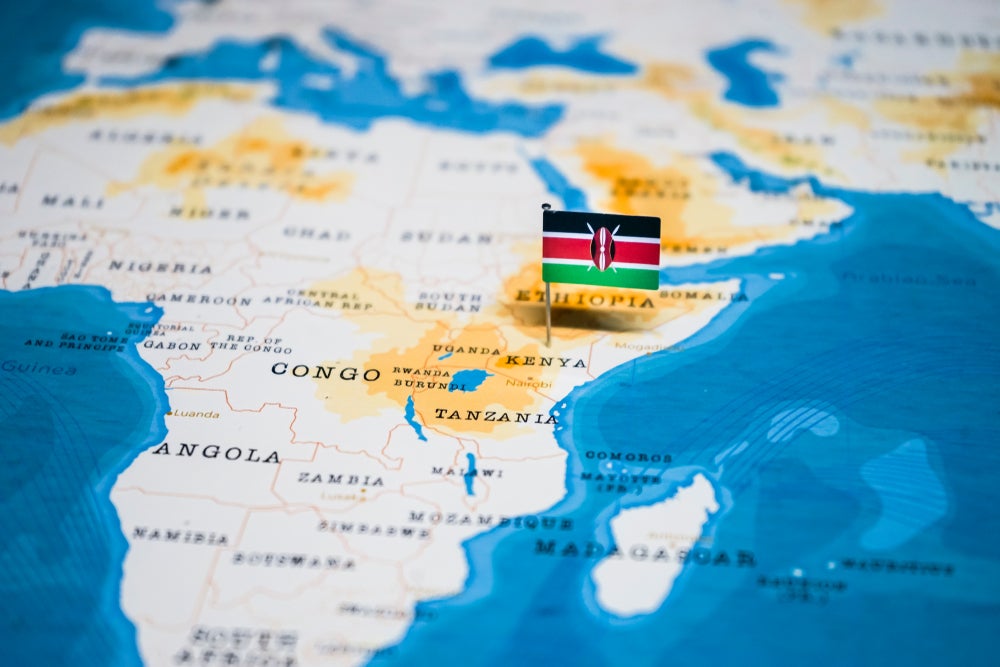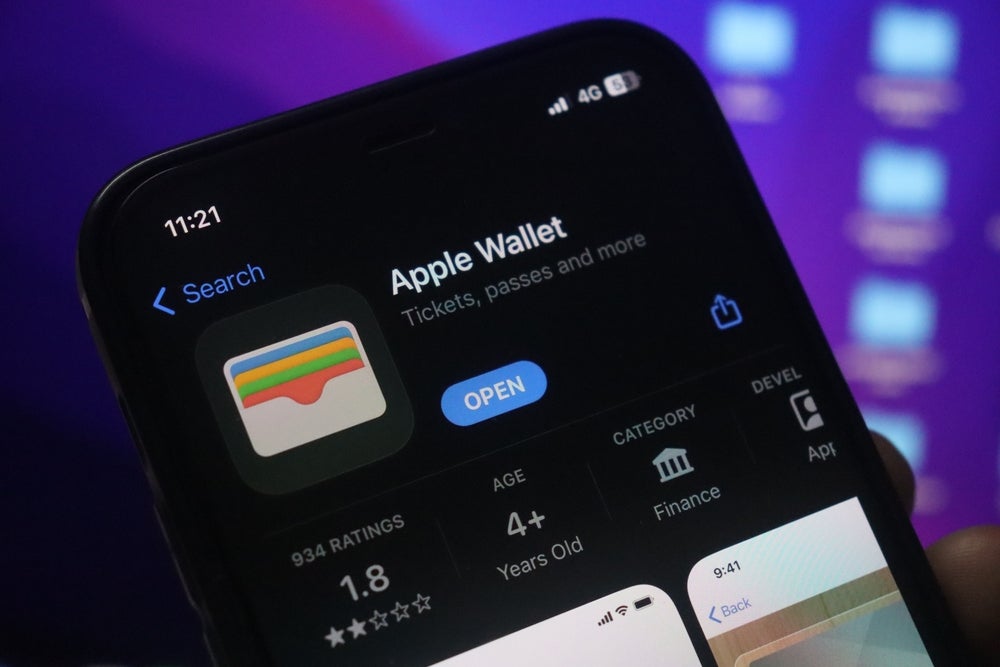regulation, combined with political uncertainty and economic
slowdown, are compounding the downturn in credit card activity in
Thailand. Titien Ahmad reports on the tactics
employed by issuers that are nevertheless keeping competition
hot.
 The first quarter of a year
The first quarter of a year
is usually a sluggish season for credit card spending, but the
market situation in Thailand has been further worsened by the weak
economic environment. Credit card loans for the first two months of
2007 dropped by 2.49 percent compared to first two months of 2006.
(See figure 1).
The economy has been hit by investor uncertainty since the
military-backed government took control in last September’s coup
and the restless southern provinces have become increasingly
violent. Consumer confidence has hit a 62-month low according to a
Consumer Confidence Index released by researchers at University of
the Thai Chamber of Commerce. The index measures public sentiment
toward the overall economy, job opportunities and future income,
and polls 2,249 respondents nation-wide.
Non-performing loans (NPLs) are also increasing due to the
sluggish economic environment. NPL values at Krungthai Bank and
Bank of Ayudhya increased by 6 percent quarter-on-quarter. At
Bangkok Bank they rose 0.25 percent over the same period. The bank
has said that it is an acceptable increase given the current
conditions, but it is relaxing debt repayment policies for some
customers to ease their financial woes.
Increasing customer spend
Marketing campaigns in Thailand are now geared more towards
encouraging card usage than acquiring cardholders, which has been
the focus in the last two years.
How well do you really know your competitors?
Access the most comprehensive Company Profiles on the market, powered by GlobalData. Save hours of research. Gain competitive edge.

Thank you!
Your download email will arrive shortly
Not ready to buy yet? Download a free sample
We are confident about the unique quality of our Company Profiles. However, we want you to make the most beneficial decision for your business, so we offer a free sample that you can download by submitting the below form
By GlobalDataA controversial campaign by Krungthai Card purportedly targets
the affluent gay market – the commercial portrays a man who cannot
choose between a male and a female partner. Krungthai Card
executives have denied the association and asserted that the card
appeals to highly confident customers with an average monthly
salary of BHT100,000 ($3,000). A graduate entering the Thai civil
service at the entry level earns about BHT9,000 a month.
Other banks have taken the more traditional giveaways route.
Bangkok Bank offered one condominium unit each month from December
2006 to March 2007 to boost cardholder spending in the first
quarter with its Perfect Life with Bangkok Bank campaign. Other
rewards include gold bars and chains, Toyota and Nissan cars, and
restaurant discounts.
Krungthai Card offers double reward points for spending on the
company’s card in Hong Kong, Singapore, Malaysia and Indonesia, and
life insurance policies to its premium cardholders. The highest
spenders on Citibank’s platinum card each month receive a night’s
stay in a premium local hotel.
Siam Commercial Bank offers 10,000 reward points to platinum
cardholders after five transactions – regardless of value – have
been made within 30 days after the approval of the card. The points
may then be exchanged for air tickets from any airline or for other
rewards.
Market saturation
The Thai credit card market is fairly saturated with 17 card
issuers, but nevertheless new non-bank issuers continue to enter
the market. According to Bank of Thailand, the kingdom’s central
bank, local banks had a total of 4.4 million cards on issue with
BHT55 billion outstanding at the end of March 2007. Foreign banks
had 1.2 million cards, with BHT33.8 billion outstanding, while
non-banks had 5.4 million cards with BHT77.7 billion outstanding as
of the end of February.
Figures from Visa International (Thailand) indicate that credit
card spend will increase by 15 percent in 2007 compared to 20
percent in 2006. Card issuers are not optimistic that the tide will
turn, as government regulations have been making it increasingly
unattractive for cardholders to spend on credit.
New regulations
Bank of Thailand has been steadily introducing regulations to
manage the card usage and issuance levels since 2002. The minimum
monthly income for credit card eligibility has been lowered from
BHT20,000 to BHT15,000 a month. The minimum monthly payment has
increased from 5 percent to 10 percent of outstanding debt and the
credit limit is capped at five times the cardholder’s monthly
income or cash flow. Those who default on payment for three
consecutive months have their cards cancelled.
Changes in the interest rate, fees and service charges must be
approved by Bank of Thailand. Companies advertising rates the
central bank considers to be ‘unrealistic’ will be censured.
On the issuers’ side, marketers can promote card products to
potential customers only between the hours of 8am to 8pm on
weekdays and 8am to 6pm on weekends and public holidays.
Gifts may be offered to customers only after they have used the
card in one credit period, rather than immediately after they have
signed up. In response to this policy, Bangkok Bank launched a
high-profile Bualang Thank You rewards programme; it has an
emphasis on the gifts that cardholders are able to redeem using
points earned from card usage.
Non-bank competition
 Non-banks such as Krungthai
Non-banks such as Krungthai
Card and GE Money dominate the Thai card market. GE Money is the
largest credit issuer with 1.75 million cards through its
partnerships with Bank of Ayudhya, retail giant Tesco, Hyundai
Motor and Central Mall, a major department store in Thailand.
According to Bank of Thailand, the number of non-bank credit
card company branches has grown by 83 from the first quarter of
2006 to the first quarter of 2007 and now totals 515.
Non-bank credit cards on issue have increased by 19,588 to 5.4
million as of end-February 2007 compared with end-February 2006.
Non-banks hold a 50 percent market share for cards in force as of
end-March 2007, as compared to 41 percent for commercial bank cards
and 9 percent for foreign bank cards. (See figure 2.)
Cetelem has the largest and fastest-expanding network with 247
branches as of end-April 2007, followed by Aeon Thana Sinsap with
80 and Tesco Card Services with 72. In the first quarter, 61 of the
83 new branches were opened by Cetelem alone. In comparison,
Bangkok Bank, the largest bank, has more than 700 branches.
 However, banks have
However, banks have
been able to hold their ground in terms of card usage. Commercial
banks held a 57 percent market share in card usage volume as of
end-March 2007, while non-banks had a 30 percent share and foreign
banks 13 percent. (See figure 3.)
Non-banks typically target the lower-income segments, which
explains the high card numbers but comparatively lower usage
volumes.
The bank’s campaigns driving card usage have been largely
effective. Bangkok Bank’s card spend by grew 17 percent
year-on-year in the first quarter, driven by its marketing
campaigns. According to Shoke na Ranong, the bank’s credit card
head, without the campaigns, spending would have grown by only 12
percent to 15 percent in the first quarter.
Technology and leadership
The banks are increasing their spend on technology in a bid to
improve their operations. Bank of Ayudhya recently introduced a
Cardless ATM money transfer service that allows customers to
transfer cash in real-time via the bank’s electronic channels using
a mobile phone.
Kasikornbank’s recently launched Smart Shopping programme runs
on the bank’s chip cards platform and Welcome’s payment technology
to give merchants the ability to run in-store rewards and loyalty
programmes. A first in Thailand, this roll-out is part of the
bank’s strategic shift towards increasing transaction volume or
card spend instead of expanding the customer base through card
issuance.
Siam Commercial Bank is also in the midst of consolidating its
data in a centralised data warehouse to provide a single, holistic
view of its business.
The increased spending is also driven by fresh blood in the
banks’ senior management ranks. For example, Siam Commercial Bank’s
new president, Kannikar Chalitaporn, is not a seasoned banker: she
was brought in from the marketing division of consumer goods giant
Unilever Thailand in 2003 to revitalise the bank’s consumer
marketing division. She has since been credited with a revamp in
the bank’s retail banking strategies and its more consumer-friendly
stance.
Michael Araneta, a senior research manager with banking
technology research company Financial Insights, believes that
“non-traditional bankers will increasingly hold sway in strategic
decision-making by top banks in the country. These ‘new type’ of
executives are marketing oriented, more aggressive, and generally
more open to technology innovation. This would explain the high
priority that is increasingly being given to sales and marketing
effectiveness initiatives such as customer relationship management
analytics, event-based marketing capabilities and real
multi-channel integration.”
Araneta points out that “recent successes at Siam Commercial
Bank have been attributed to non-traditional leaders. Other banks
will be reorganising their executive management. Expect more
dynamic leaders in government banks, particularly SCIB, to
introduce fresh and dynamic ideas to the banking organisation.”
Outlook still optimistic
Although the outlook for the next quarter for customer spending
is bleak, given the current political and economic conditions,
analysts are generally optimistic that issuers with diversified
balance sheets will fare well over the year. The central bank has
also shown a willingness to cut interest rates to stimulate
spending.
According to Sugittra Kongkhajornkidsuk, bank analyst at DBS
Group Research: “Prospects for Thai banks remain strong, led by
continued loan growth. We expect industry loan growth at 7.8
percent in 2007 versus internal loan growth target of 10 percent to
12 percent, up slightly from 6.8 percent in 2006. Asset quality
will improve due to declining NPLs following write-offs and sale of
NPLs (including to government asset management companies).
Meanwhile, the new loan loss reserve requirement under the
accounting standard IAS39 that applies to all Thai banks should
strengthen the banks’ balance sheets in the future. And fee income
should also continue to expand, led by consumer-related fees.”
The Bank of Thailand has raised loss provision requirements for
banks in order to comply with IAS39, which requires the process of
estimating impairment to consider all credit exposure and not just
low credit quality. Banks would thus have to better handle and
manage their NPLs.







